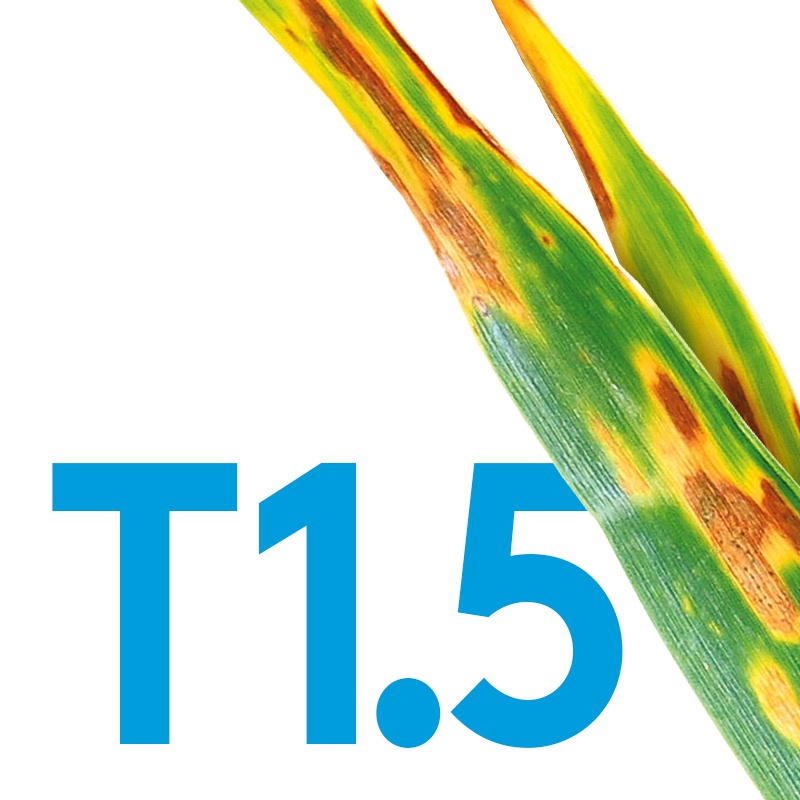2017 - To T1.5, or not to T1.5?

With the UK currently enjoying a post-Easter period of dry weather, and with little change in the forecast going into May, on the face of it there doesn’t seem a great requirement for T1.5 applications.
However, early drilled and forward crops which received their T1 treatment prior to Easter may need additional protection in the form of a T1.5 application in order to ensure the interval between treatments isn’t too long: anything longer than three weeks could leave crops unprotected.
A T1.5 application could also be a worthwhile insurance policy for crops affected by Yellow Rust.
T1.5 guidelines to consider
For those wheat crops which do need an added layer of protection at T1.5, the following guidelines should be considered:
- T1.5 applications should be timed to treat the fully emerged leaf 2 (GS33-37).
- T1.5 applications should be considered in high disease pressure situations where protection is required before the flag leaf (T2) application.
- T1.5 applications are especially useful now that current fungicide solutions have reduced curative activity.
- A T1.5 application can provide a valuable extra layer of protection for crops which have experienced excessively wet conditions after T1, or where there is a long interval between T1 and T2 – a delay of more than three weeks can lead to an increased risk of leaf 2 being left unprotected.
- Whilst current weather conditions may not be conducive to high levels of Septoria, Yellow Rust is prevalent in many crops: it’s control is linked to time intervals rather than growth stage. As such, intervals between sprays should not exceed three weeks where Yellow Rust remains.
T1.5 product choices
- If Septoria is the main driver for a T1.5 application, a straight multi-site product (e.g. folpet) should be used.
- Where Yellow Rust protection is required, a strobilurin plus multi-site tank mix should be used.
- Where active Yellow Rust development requires a more curative approach, an appropriate triazole should replace the strobilurin.
Arizona (500g/l folpet SC) is an ideal multi-site choice at T1.5 as it provides good protection against both Septoria and Yellow Rust.
 United Kingdom
United Kingdom Select country
Select country




